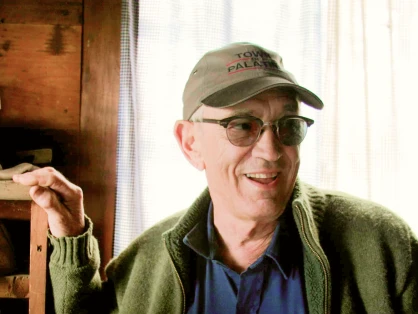As the story goes the age old pot shaped depression in the bed of the Canajoharie Creek gave the village its name. “The pt that washes itself” was formed by the swirling water with the help of stones and gravel which abraded the bedrock. It is doubtful if anyone saw the complete form of the pot for a long time since it had become filled with debris and silt. That is, they did not see it until the year 1938. The water had chosen another course, which had to some extent bypassed the boiling pot. In 1938 a project was chosen to return the flow of water back to the historic pot. At that period of time there were several moving forces who guided historic projects in the Canajoharie area. I hope I will not forget any but doubtless mayor Harry Bush, Harry Spencer, Edward Sheehan and the members of the Red Men’s organization played a major part in the historic event.
Preparatory to the great day of celebration the boiling pot was completely cleared of debris. In the very bottom was found stones credited with aiding the abrading process through the years. Two such stones are seen in the accompanying photos. The photos were taken by Canajoharie resident Frank Leneker on September 11, 1938. On that date an observance was held. On that day the writer as an 8 year old boy saw the bottom of the boiling pot. You might ask did anyone keep the stones? The answer is yes. The smallest stone in the illustration is approximately 4 inches in diameter. It is at this moment being held in the hand of the viewer of the boiling pot when he was 8 years old. We can credit its preservation to a Canajoharie resident Edward J Brown, 1857 – 1952. Mr Brown was one of several devoted area Indian artifact collectors and also a member of the Red Men’s organization. His collection came down to the writer from Mr Brown’s daughters, Nell Brown Shineman, the writer’s great aunt, and her sister Anna Brown Davies. How fortunate that a long ago collector kept a stone that was an important part of the history of Canajoharie.


